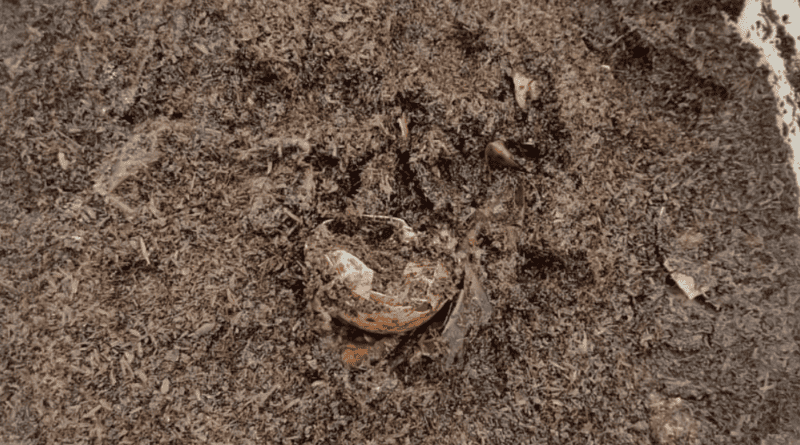5 Common Challenges with Bokashi Composting
Bokashi composting offers a unique approach to handling kitchen waste, including traditionally non-compostable items like meat and dairy, by using an anaerobic fermentation process. While this method is efficient and environmentally friendly, certain challenges may arise. Below, we explore these challenges and provide strategies for overcoming them.
Challenge 1: Managing Moisture Levels
A crucial aspect of successful bokashi composting is maintaining the right moisture level. Too much moisture can disrupt the fermentation process. If you notice signs of excess moisture, such as non-fermentative mould or unpleasant smells, consider adding dry bulking agents like shredded paper or sawdust and ensure regular drainage of bokashi tea.
Challenge 2: Controlling Odors
Odour control is vital in bokashi composting. A healthy bin should have a sweet, mild odour. Foul smells often indicate a moisture imbalance or incorrect waste addition. To combat this, keep the bin airtight, balance moisture levels, and drain the tea regularly.
Challenge 3: Incorporating the Right Waste
Knowing what waste is appropriate for bokashi composting is essential. While it’s versatile, caution is advised when adding meat and dairy. A balanced mix of waste types can help maintain an effective composting process.
Challenge 4: Maintaining Consistent Temperature
The fermentation process in bokashi composting is temperature-sensitive. Extremes in temperature can be detrimental to the microorganisms responsible for composting. Ensure your bin is kept in an area with a stable, room temperature to promote consistent fermentation.
Challenge 5: Effective Integration into Garden Soil
Integrating bokashi pre-compost into garden soil is the final step in the process. For successful integration, mix the pre-compost with soil adequately, ensuring layers of soil both above and below the bokashi. This helps complete the decomposition process and release nutrients effectively.
Optimising Your Bokashi Composting Process
Regularly monitoring and adjusting your bokashi composting process can significantly improve outcomes. Understanding your system’s requirements enables quick identification and resolution of issues.
Troubleshooting Common Problems
It’s normal to encounter challenges with bokashi composting, particularly for newcomers. Promptly identifying and addressing these challenges can mitigate most problems, leading to a more efficient and fulfilling composting experience.
FAQs
What is the ideal moisture level for bokashi composting? The ideal moisture level for bokashi composting should allow the effective microorganisms to thrive without being too wet. The content should feel slightly damp to the touch, similar to a wrung-out sponge. If the mix is too wet, it can lead to odour issues and inhibit proper fermentation. Regularly draining the bokashi tea helps maintain this balance.
How can I eliminate bad odours from my bokashi bin? To eliminate bad odours from your bokashi bin, ensure you’re maintaining the right moisture level and not adding prohibited items like liquids or large bones. Keep the bin sealed tightly to create an anaerobic environment and drain the bokashi tea regularly. If odours persist, consider adding more bokashi bran to help rebalance the microbial activity.
What types of waste should not be added to a bokashi bin? While bokashi composting can handle a wider variety of waste than traditional composting, there are still some limitations. Avoid adding large bones, liquids (such as milk or oil), and plastic or metal items. These materials can disrupt the fermentation process or simply will not break down.
How do I adjust the composting process in colder climates? In colder climates, keep your bokashi bin indoors or in a garage to protect it from extreme cold, which can slow down or halt the fermentation process. Maintaining a stable temperature around the bin, ideally between 15°C and 25°C (59°F and 77°F), helps ensure consistent fermentation.
How long should bokashi pre-compost be buried before planting? After transferring your bokashi pre-compost to the soil, it typically needs about two to four weeks to fully integrate and decompose before planting. This timeframe can vary based on soil conditions and climate. It’s ready when the material has mostly broken down and is no longer recognizable, and the soil has a rich, earthy smell.
Conclusion
Bokashi composting is a flexible, efficient way to recycle kitchen waste, but like any method, it comes with its learning curve. By addressing these common questions and challenges, you can streamline your composting process, ensuring success and sustainability in your bokashi practice. With a bit of patience and adjustment, bokashi composting can significantly contribute to your garden’s health and reduce household waste.



